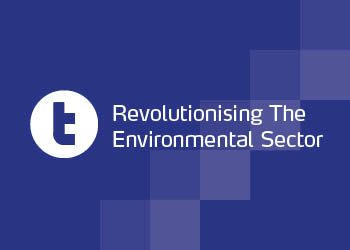The Global Commission on the Economy and Climate has published a report ahead of the United Nations Climate Summit 2014 that shows climate change can be fought while still growing the global economy.
Commissioned by Colombia, Ethiopia, Indonesia, Norway, South Korea, Sweden and the UK, the Commission is chaired by former Mexican President Felipe Calderon and has now reported on actions and policies that can achieve high quality economic growth at the same time as addressing climate change. The report is called Better Growth, Better Climate: the New Climate Economy.
In the section on resource productivity, five cities around the world were investigated to see the economic case for investment in low-carbon development. These were Leeds, UK; Kolkata, India; Lima, Peru; Johor Bahru, Malaysia and Palembang, Indonesia.
It found that there were significant economic opportunities in the next five to ten years for all cities to improve resource efficiency, generate wider economic benefits, and reduce carbon emissions.
Potential measures included smarter buildings and transport, efficient waste management, and investments at the district level.
In the waste sector, it found that cities could make cost-effective investments in waste-related GHG emissions through measures such as improved recycling, landfill gas capture and enhanced composting of waste.
Taking the example of Kolkata, it found that waste-related greenhouse gas emissions could be cut by 41 per cent by 2025, relative to business as usual, through investments of $224 million that would generate savings of $18.8 million paying back the investment in 11.8 years.
The report also highlighted a McKinsey study that examined the economic benefits of developing new green technology districts in the United States, China and the Middle East. Technologies included efficient building design and lighting, energy-efficient street lighting, efficient waste management, rooftop solar power, and combined heat and power.
McKinsey estimated annual operating savings of $7-21 million or $250-1,200 per resident, for incremental capital costs of $35-70 million per square kilometre.
The investment could break even after three to five years, and generate an internal rate of return of 18 to 30 per cent. The green technologies could reduce annual energy costs by 24 to 36 per cent and reduce GHG emissions by 28 to 49 per cent.
Among ten key recommendations, the recommendation on innovation calls for governments to work individually and together on reducing barriers to the entry and scaling of new business models, particularly around the circular economy and asset-sharing mechanisms.
Overall, the report found that over the next 15 years, about $90 trillion will be invested in infrastructure in the world’s cities, agriculture and energy systems. It suggests this should be invested in low-carbon growth technologies.
Co-chair of the Global Commission Lord Nicholas Stern said: “The decisions we make now will determine the future of our economy and our climate. If we choose low-carbon investment, we can generate strong, high-quality growth – not just in the future, but now. But if we continue down the high-carbon route, climate change will bring severe risks to long-term prosperity.”
UN Secretary-General Ban Ki-moon added: “Scientists have long warned of the potential implications of climate change for economic growth. We can no longer afford to burn our way to prosperity. We must manage climate risk for sustained and sustainable economic progress. We need a structural transformation in the global economy.”
See the full report at http://newclimateeconomy.report/












